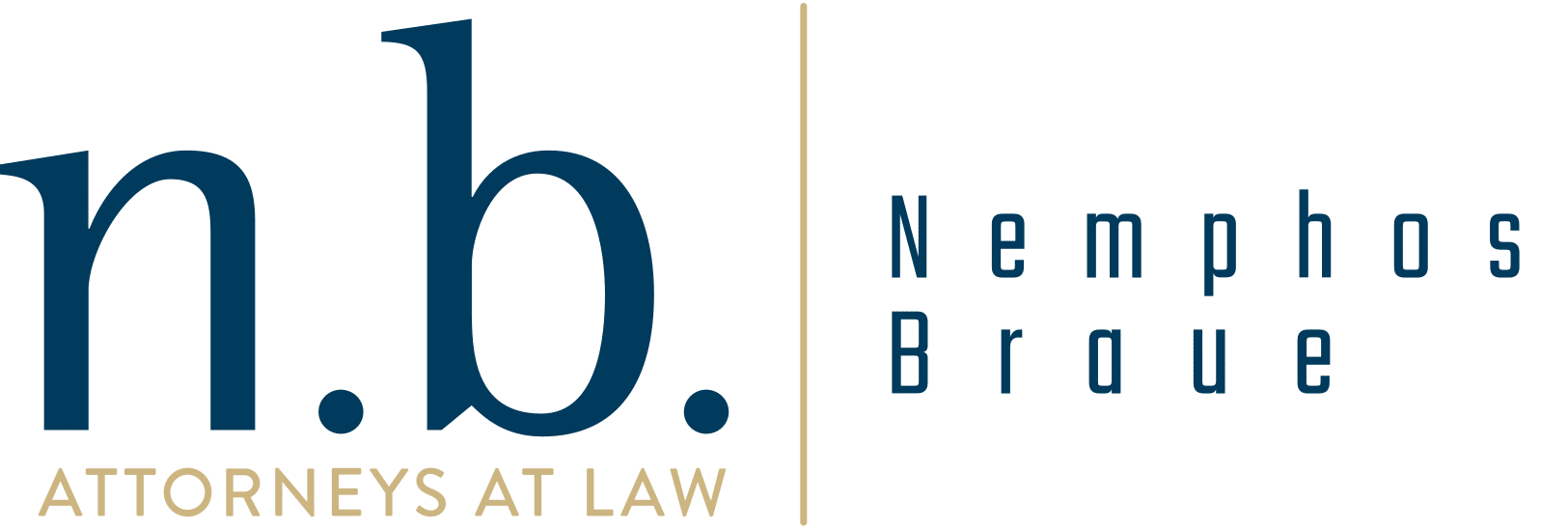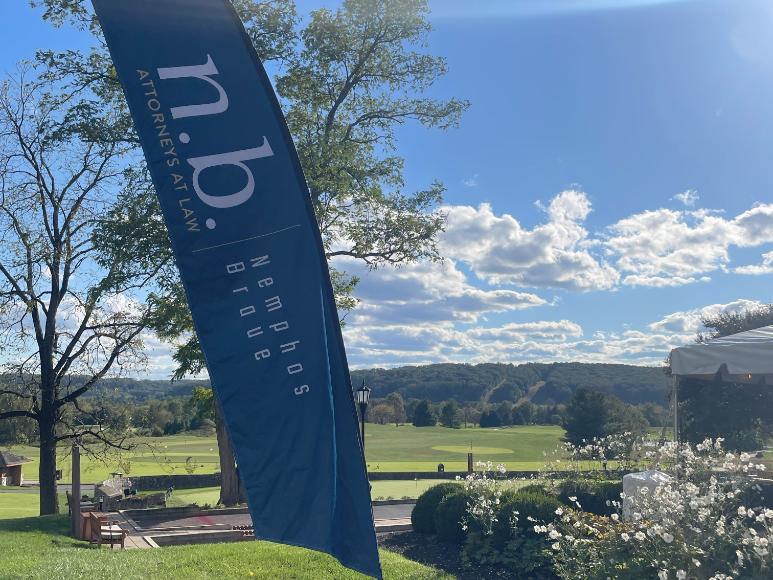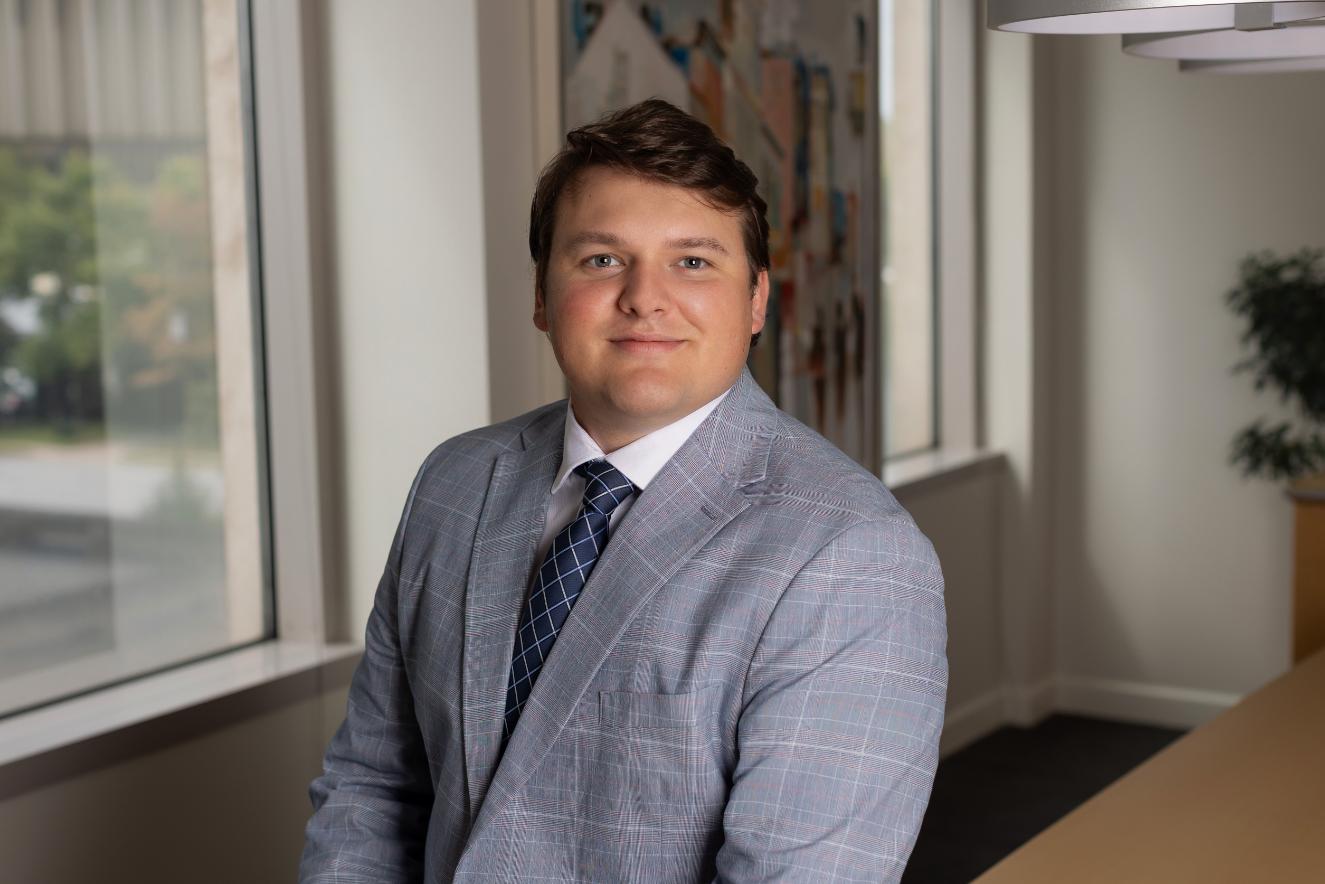Robert Neall, Secretary, Maryland Department of Health
Dennis Schrader, COO, Maryland Department of Health
Covid-19 Update on Nursing Homes and Assisted Living Programs
Overview – Update Since August 26
- On October 1, Maryland adopted less restrictive federal guidelines for staff testing and facility visitation.
- Each nursing home (NH) and assisted living program (ALP) is responsible for ensuring the safety of its staff and residents by using available rapid point-of-care (POC) and PCR testing.
- NHs have received nearly $10 billion in federal funds nationwide to protect their residents from Covid. We estimate that Maryland has received over $120 million in NH provider relief funding.
- Maryland has provided technical and financial assistance, including:
- Almost $43 million in testing (preliminary cost estimate),
- Supplied over $70 million in PPE
- Ensured that every nursing home has at least one rapid POC test platform and access to test resupply through our multi-state test compact and Becton, Dickinson.
Federal Actions
- On May 18th, CMS recommended all staff should receive a baseline COVID-19 test and continue to be tested weekly.
- Under the CARES Act, nursing homes (NH) received $4.9 billion in June to assist with revenue losses and COVID-19 PPE and testing costs.
- On July 22nd, the federal government announced they would mandate weekly staff testing under a CMS regulation. They announced an additional $5 billion to NHs for August/Fall.
- August 25 – Federal administration and CMS announced new actions, including requiring testing twice a week, weekly, or monthly depending on local factors and requiring nursing homes to test residents.
MDH Orders and Guidance (since August)
October 1, 2020 – Orders Regarding Nursing Homes and Assisted Living Programs
- MDH strongly recommends weekly staff testing.
- Requires NHs to follow CMS testing requirements:
- 2x a week for local jurisdictions over 10% positivity
- 1x a week for local jurisdictions in 5-10% positivity
- 1x a month for local jurisdictions below 5% positivity
- Requires NHs and ALPs to follow CMS visitation requirements:
- Allow outdoor visitation generally
- Allow indoor visitation when no active outbreak for 14 days
- Expanded compassionate care visitation
- Each facility may use its judgment to set visitation parameters
October 27, 2020 – Nursing Home Order
- Requires NHs to maintain adequate PPE supply
November 10 Order and Guidance
- Hospital Surge Plans
- Hospitals at reaching 85% statewide staffed bed capacity must activate their emergency pandemic plans, including triaging patients and (with the informed consent of the patient), move patients to appropriate settings.
- MIEMSS may require daily reporting on patient transfer, an ICU surveillance system, and appoint a director to coordinate statewide efforts.
- On reaching 85% statewide total physical bed capacity, MIEMSS may implement procedures to route COVID-19 positive patients to specific appropriate care settings and away from hospitals. Hospitals are required to implement their pandemic plans.
- On reaching total hospital bed capacity, hospitals shall triage elective and non-urgent medical procedures.
- Nursing Home outbreaks
- When a nursing home outbreak occurs, the nursing home shall coordinate with hospitals for infection control and enter into mutual aid arrangements with other nursing homes to ensure continuity of operations.
November 10, 2020 – Nursing Home Guidance
- Marylanders should get tested before visiting a NH.
- Nursing home and assisted living program staff should minimize their contact with large gatherings and communicate with management about infection control issues.
- Reminder that each facility may restrict visitation on a facility-specific basis.
Current Outbreaks
Nursing Home Analysis
- First wave (April-early June)
- 56% of positive residents admitted to hospital
- 92% of hospitalized died
- 51% of all positive residents died
- Second wave (late July-August) (affecting younger people)
- 30% of positive residents admitted to hospital
- 68% of hospitalized died
- 21% of all positive residents died
- Third wave (now) (Initial trends show older people being hospitalized)
MDH Testing Assistance – Fall 2020
- As announced by Gov. Hogan, an additional $6 million in state-funded testing (2 rounds of NH testing in November)
- Maryland has been using three methods:
- Technical Assistance Teams (to prevent outbreak)
- Infectious Disease Outbreak Teams (after outbreak reported)
- Surveyors through the Office of Health Care Quality (federal and state regulatory compliance to hold facilities accountable)
MDH Assistance Report
- 115 of 226 NHs are reporting more than 15-day supply of all required PPE.
- MDH has required all NHs to have at least a 30 day PPE supply by end of November and 60 day supply by end of January.
- Technical Assistance Teams have visited 261 facilities since mid-September and referred 34 facilities with significant infection control concerns for further assessment.
- Since the beginning of October, Infectious Disease Outbreak Team assessments have been completed at 33 facilities with expanding outbreaks.
Office of Health Care Quality Activities
- OHCQ completed 415 on-site nursing home surveys since March:
- Focused Infection Control: 261
- Complaints: 115
- Annual Surveys: 8
- Onsite follow-up: 23
- Life Safety Code: 8
- OHCQ imposed 62 State civil money penalties on nursing homes.
- Since March, OHCQ approved increased bed capacity throughout Maryland:
- 12 nursing homes increased bed capacity by a total of 107 beds
- 19 existing assisted living facilities increased bed capacity by a total of 62 beds
- 98 assisted living facilities were licensed with 757 new beds
Next Steps
- Each nursing home and assisted living program must take all steps to protect their residents and staff.
- Prevent hospitalizations and hospital surge by early and aggressive infection control.
- Maryland will continue to work with manufacturers to ensure nursing home access to rapid POC testing supplies and require all NHs to maintain PCR lab testing contracts.
- We will continue our technical assistance teams outreach to help facilities through the fall.
- Continued planning to ensure rapid deployment of potential vaccine by pharmacies to nursing homes.
Q&A
Delegate Harry Bhandari: Can the data on outbreaks and cases among facilities be broken down by district?
Robert Neall: I think we probably could, it would probably be easiest to do it by zip code.
Delegate Bonnie Cullison: I’m very concerned about the provision that requires nursing homes to share staff when they lose staff because of the virus. What’s the rationale? If nursing homes aren’t able to share staff what is the state going to do? Are there going to be penalties for this?
Dennis Schrader: The issue at the moment is that we have had a handful of nursing homes that failed and we had to come in very rapidly. This is a preparedness activity, we are not dictating how to do it, but we think it would be prudent for nursing homes to prepare ahead of time on how they would handle a problem. We’ve suggested mutual aid as one technique and we have had discussions. Our understanding with the industry is about 80% of the nursing homes are in one system or have multiple ownership, and about 20% do not.
Delegate Heather Bagnall: There were 2 major problems I want to see how we are addressing. One was the fact that we didn’t have inspectors going into the facilities ahead of time, so we weren’t finding out about some of the infections and spread. Second, given that we are seeing a rise in Maryland do you foresee an issue with the acquisition of PPE?
Dennis Schrader: We established over this summer, Technical Assistance Teams and we are on a 60-day cycle to go through all nursing homes and assisted living facilities. On these inspections we’re looking at infection control, testing, and PPE levels. For PPE, we are encouraging them to use the money they have received, and also encouraging the local jurisdictions to beef up their stockpile with the CARES money.
Delegate Shane Pendergrass: Can you tell me what we have as backup PPE that we are holding in case we need it?
Dennis Schrader: We have been tracking that. For most of the large requirements we have at least a 45-day supply in many cases a 60-day supply at the state level. The hospitals have been driving towards a 60-day supply.
Delegate Shane Pendergrass: Regarding nursing homes, the concept that you’re going to have people going from one facility to another is a terrible idea. How can you in good conscience be suggesting that as a solution?
Dennis Schrader: Our understanding from the nursing homes is that those that have multiple ownership actually already move people around, and the purpose of the testing is to keep track of within the nursing home companies. We are not suggesting that one company would exchange with another company but each company is responsible for their own people and our understanding is that they already move people between facilities.
Delegate Steve Johnson: Do we have the information on the staff that works these nursing homes and assisted living facilities? Specifically on the number of workers that have contracted COVID-19 or their deaths?
Dennis Schrader: We have their testing data through August. We can make an inquiry and get some more data on that.
Delegate Ken Kerr: Does the Office of Healthcare Quality have the resources it needs to monitor all of these challenges as we enter this wave?
Dennis Schrader: We are keeping track of all of that. We will have to staff up to whatever the demand is on that kind of work.
Delegate Ariana Kelly: Is there an update on the status of ImmuNet?
Dennis Schrader: I feel confident that we will be ready. We are trying to synthesize about 7 different sources our technical staff tell me it can be done, and they are working on it. ImmuNet is going to be an integral part of keeping track of all of this activity.
LifeSpan Network
PPE:
- The nursing facilities are facing two deadlines, the 30-day supply by November 30th and the 60-day supply by January 31st.
- The order does say that the supply does not have to be onsite, but reasonably accessible.
- If we buy in bulk then we can distribute it out at a much lower cost.
- We have contracted with a storage facility to allow providers to store PPE. The providers will have access 24/7 to the storage facility.
Visitation:
- Outdoor visitation can still occur on nice days, and we do have indoor visitation.
- Indoor visitation is put on hold for 14 days when there is an outbreak.
Workforce Development:
- Before the pandemic there was a shortage of direct care workers, the pandemic has made that much worse.
- LifeSpan Network has been having conversation with the Maryland Board of Nursing and the Department of Health on a new online CNA and GNA training program.
Joseph DeMattos, President, Health Facilities Association of Maryland
- We have 227 skilled nursing and rehab centers in Maryland.
- From January to September across all pair sources the skilled nursing and rehab centers in Maryland have provided 5.8 million days of care to Marylanders in need.
- In Maryland we estimate the range of the CARES Act dollars given to be between $600-$800 thousand dollars per center total.
- Last week the nursing homes received the first value-based payment for reducing the number of cases and deaths in September. The average payment to a nursing home in Maryland on that value-based payment was less than $20,000.
- For vaccinations, nursing homes and assisted livings have top priority from the federal government.
Q&A
Delegate Steve Johnson: Will Maryland follow the federal priority list when we get the vaccine of going to our nursing homes and assisted living facilities for the residents and the staff workers?
Joseph DeMattos: Yes, I anticipate that the majority of skilled nursing and rehab centers, and assisted livings will sign up for the federal partnership and we’re incredibly thankful for that. I remain concerned about independent living communities and the other organizations that will draw upon the Maryland State allotment. I believe the majority of skilled nursing rehab centers will sign up and participate in the federal CVS and Walgreens plan.
Delegate Steve Johnson: In that plan, does it have the residents going to the pharmacy chains or will the pharmacy chains go to the facilities?
Joseph DeMattos: It was mapped out between CVS and Walgreens that they are about no more than 75 to 100 miles away from every nursing home in the United States. So with the help of the U.S. military and the National Guard, CVS and Walgreens are planning to go to nursing homes
Delegate Harry Bhandari: How are health care facilities feeling about these civil penalties? Are they considering it as a punitive measure?
Danna Kauffman: To the 62 that received civil money penalties, they were not all related to what I would call direct patient care. Over half of those were related to issues involving reporting requirements and testing.
Delegate Heather Bagnall: Regarding PPE. How do we avoid what happened in the early days of the pandemic, where it was sort of every district for themselves? How are you able to work with county facilities in accessing some of these funding resources from the CARES Act? Do you feel like you have the support you need?
Danna Kauffman: The cost of PPE has come down dramatically from those first couple months. The issue is becoming availability. It does seem that from the CARES Act more money is going from the locals for PPE.
Delegate Robbyn Lewis: Regarding value-based payments. Could you talk a bit more about that just so I understand what that means?
Joseph DeMattos: CMS identified a federal fund of $500 million dollars a month nationwide. CMS I set it aside. So $500,000 a month for the months of September – December to make value-based payments only to those of the 15,000 skilled nursing and rehab centers in the country that meet a mathematical formula on the reduction of Covid infection and Covid deaths.
Peggy Funk, Executive Director, Hospice & Palliative Care Network of Maryland
- In 2019, hospice providers served 24,958 Medicare beneficiaries in Maryland for a total of 1,566,905 days.
- 53% of those beneficiaries received care at home, while 44% received hospice in assisted living or nursing home facilities.
- Two weeks ago the network surveyed members to get an update of what the current environment looks like for them now. They are 4 areas that continue to serve as barriers in caring for patients.
- Access to patients
- PPE
- Testing
- Staffing
- The rules allowing hospice team members to visit patients seem to vary from facility to facility. They can change from shift to shift.
- Weekly testing is required of hospice staff with no funding to cover the cost.
- Patients are being referred to hospice and much later or sadly not at all resulting in a decrease in the length of time patients and families are able to receive the full benefit.
- We have found that facilities who are not allowing hospice visits have insufficient tools or staff to assist with telehealth.
- Smaller hospice members and those that are not connected with the hospital system are struggling with getting more PPE.
- Suppliers have placed caps on the amount of PPE or remembers can order.
- Testing lag times do present barriers to patient visits and this is a financial hardship for hospices as well.
- It is very difficult for members to get a testing schedule because labs are so busy.
- Testing is proving to be a financial hardship on hospice providers as all members of their teams need to be tested.
- Staffing has been a challenge. Hiring qualified, competent, and caring certified nursing assistants and certified medication technicians has been challenging.
- The increased need for bereavement and grief care is a core part of the hospice benefit. These professionals have been working diligently to address these needs in the community with enhanced programs. These programs require additional staff and resources to assist in supporting their communities.
Q&A
Delegate Ariana Kelly: Could you expand on the bereavement and grief care? How have you adapted in this context for that type of work?
Peggy Funk: A lot of our members have ramped up the time they spend with families. They have started to check in with them a little more. In many instances’ families have not been able to grieve or even have a funeral. They have developed virtual bereavement programs which seemed to be working fairly well.
Delegate Robbyn Lewis: Have you been experiencing price gouging when it comes to PPE?
Peggy Funk: I have not. I think the increase in PPE that is required to be had on hand is what is affecting the budget.
Delegate Susan Krebs: Who makes the decision on who can utilize the hospice benefit without having hospice people go into the facilities? Who decides that and is there any parameters that are set?
Joseph DeMattos: This is one where we have learnings, I don’t think we’re doing our best work on the integrations of hospice and nursing homes. I think that is because we don’t have a standard statewide approach. People have the right to go and have a visit that is essential for their care.




